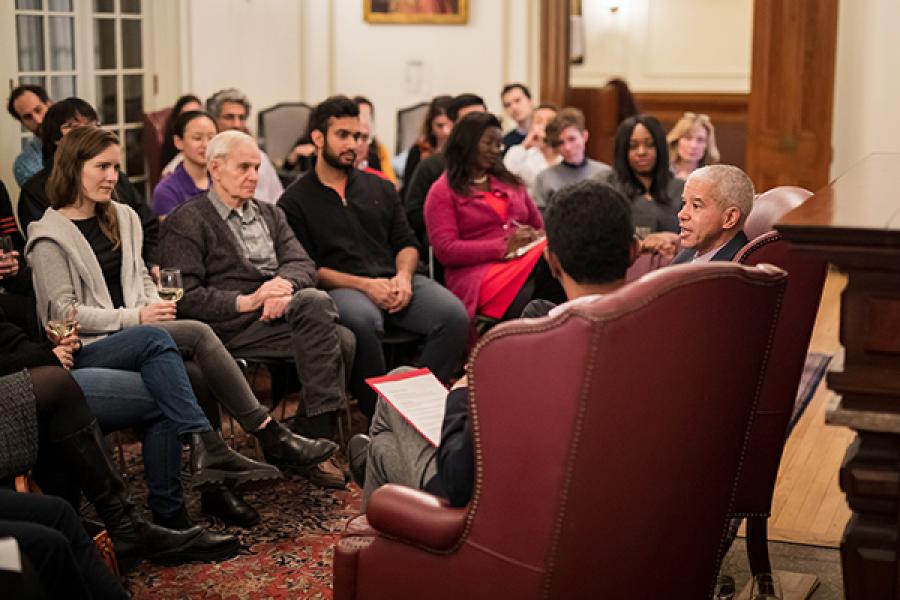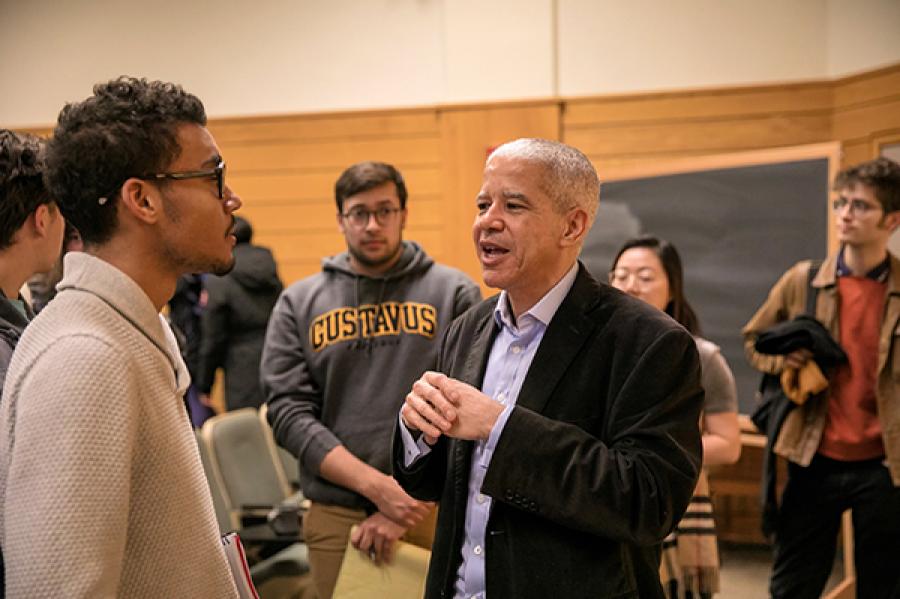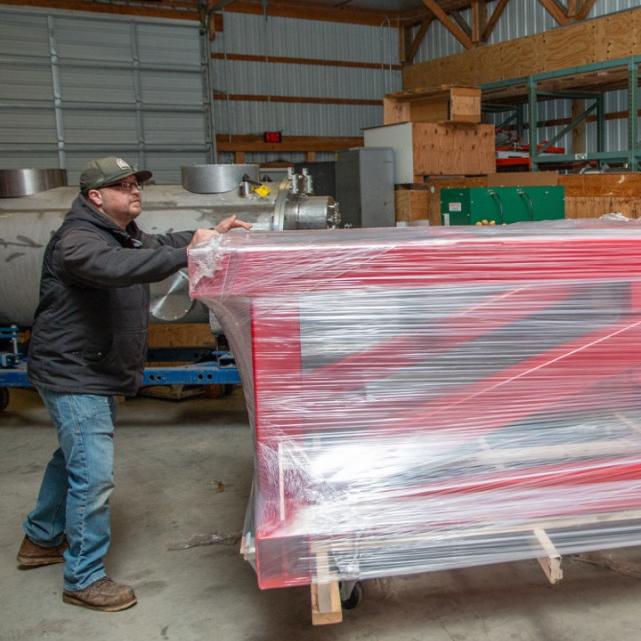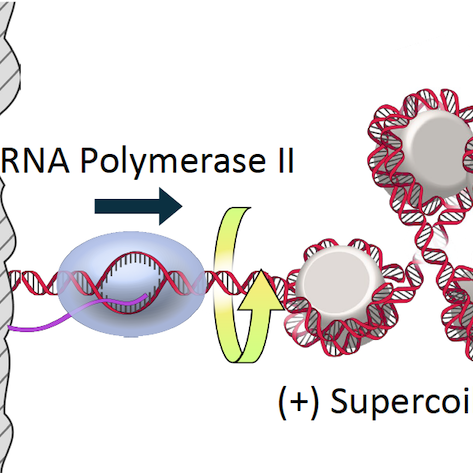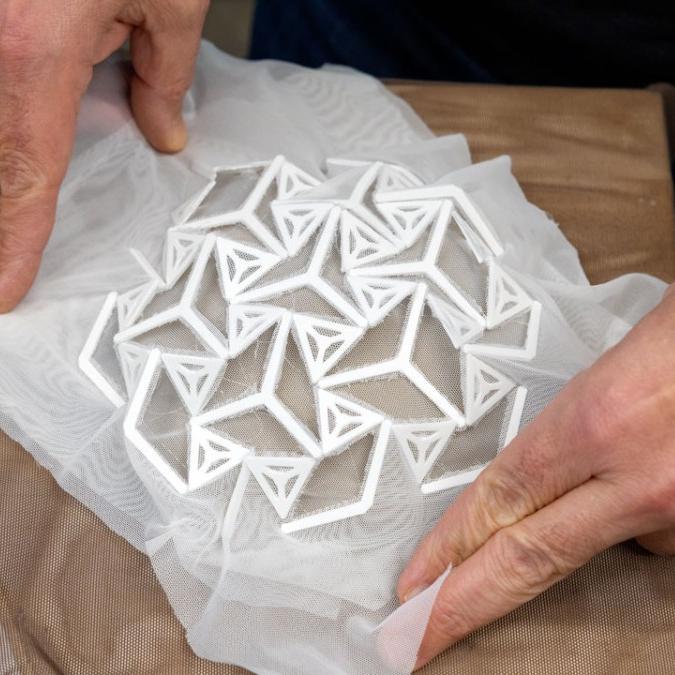Marc Lacey ’87, national editor for The New York Times and the first Distinguished Visiting Journalist in a new College of Arts & Sciences program, spent the week of Feb. 10-14 on campus, sharing advice with students, visiting classes and learning about faculty research.
“There’s not a single class I took at Cornell that I haven’t used in some sense or another as an editor,” Lacey said in a Feb. 11 Inside Journalism career conversation with students, hosted by Arts & Sciences Career Development. “I have a job in which I could be interviewing scientists or poets, all kinds of people, and I can sound like I know what I’m talking about.”
Lacey participated in a variety of classes, including two government seminars on “Russian Politics;” the “Truth About Fake News” class led by assistant professors Bryn Rosenfeld and Alexandra Cirone; and an introductory class in American studies, taught by Noliwe Rooks, the W.E.B. Du Bois Professor of Literature, professor of Africana studies and director of the American Studies Program. Students in that class recently read selections from the New York Times’ 1619 project, which examines the legacy of slavery 400 years after it began in America, and last week began reading the U.S. Constitution.
“Through his remarks, anecdotes, stories and answers, he made so very clear why a politically unencumbered and free press is absolutely necessary if we are to have a functioning democracy,” Rooks said. “We have to know as much as possible what is happening where we live, in order to know who we have been and who we continue to be.”
Lacey’s week on campus also included individual and roundtable discussions with faculty covering U.S. and comparative politics, history and Latin American studies, as well as Cornell’s first Global Grand Challenge, focused on migrations.Lacey also visited the Roper Center for Public Opinion Research to learn more about the center’s ongoing research and public engagement work and toured the Cornell Nanoscale Facility (CNF), with physics Professor Itai Cohen and Chris Ober, CNF director.
And he joined Ray Jayawardhana, the Harold Tanner Dean of Arts and Sciences, for a fireside chat with faculty and graduate students at the A.D. White House, where they discussed a variety of topics including Lacey’s experience moderating a presidential primary debate, election coverage in The New York Times and the ways journalists engage with scholars around global issues, emerging trends and groundbreaking research.
After the election of Donald Trump, Lacey said that he and other Times editors realized the paper needed to offer readers more stories about the lives of Americans living outside cities. During his stay at Cornell, Lacey posted openings for three new reporters to the national desk: rural affairs (“I want to hear livestock when I’m on the phone with this person, not traffic,” Lacey said); faith and values, not covering religious organizations, but the actual beliefs Americans hold and live by; and a suburbia reporter, focused on rapidly growing areas outside cities such as Phoenix, Dallas and Las Vegas.
The Distinguished Visiting Journalist program brings journalists to Cornell for stays of two to eight weeks. The program is funded through philanthropic support, including from the Dr. Guinevere Griest Fund for Public Engagement. Griest ’44 served as editor in chief of The Cornell Daily Sun, and later as a senior official at the National Endowment for the Humanities.“Marc’s visit was the perfect debut for our Distinguished Visiting Journalist program– offering students and faculty an inside look at the work of an accomplished journalist and allowing Marc to have deep discussions with faculty about their latest research and discoveries,” said Ray Jayawardhana, the Harold Tanner Dean of Arts and Sciences. “He has set a high bar for those who follow. We are looking forward to Marc’s own return in April.”
During Lacey’s career talk with students, which was moderated by Anu Subramaniam ’20, editor-in-chief of the Cornell Daily Sun, Lacey spoke of his entrance into Cornell as a biology major who soon joined the staff of the Cornell Daily Sun and found himself spending most of his free time there.
“I loved that I found out what was happening on campus before anyone else,” he said, adding that it was a thrill seeing a fellow student reading one of his stories. “I still love that.”
As national editor at the Times, Lacey told students his main job is to “turn ideas and stories into great journalism.” Each day, he’s working with other editors and a staff of 40 reporters scattered across the country. “I’m always excited to see what that day will bring and what adventures will happen. I enjoy the unpredictability of it.”
Lacey has spent 20 years at The New York Times, in roles including foreign correspondent, White House correspondent and editor of the weekend news report. But before arriving at The New York Times, he spent years working for smaller papers.“I wanted to be ready when I got to the New York Times, so at every place I worked, I would identity the best people at that paper and try to become as good as they were.”
Lacey also offered a host of tips for students looking for jobs, but focused on the need for flexibility.
“You’ll change your career over time,” he said. “What you have to do is to get used to change and be nimble. Don’t be intimidated by things changing.”
Lacey next visit, April 6 through 10, will again include plenty of interactions with faculty and students, as well as a public panel discussion.

